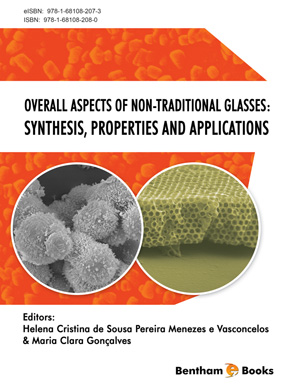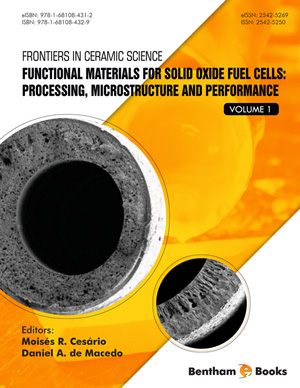Abstract
The search for a biomaterial capable of promoting a biological and mechanically effective link between it and the living tissues around was the major motivation for the advancement of bioactive glasses. The physicochemical characteristics of such materials allow the occurrence of a series of complex biological reactions at the interface with the biological tissue. Fundamental concepts such as biocompatibility, bioactivity and degradation on a physiological environment and their inter-relations are discussed. While being mechanically fragile, bioactive glasses have the huge advantage of being able to strongly connect the hard and soft tissues thanks to the ability to form a Hap film to its surface when immersed in a biological environment. To overcome the inherent glass fragility, new approaches based on tailored bioglasses (coatings and glass-ceramics) were developed.
Bioactive glasses inspired by the 45S5 composition have been widely investigated since 60 years but recently a new line of research in biomaterials with an emphasis on regeneration instead of replacement tissues has been proposed, providing new opportunities for the application of bioactive glasses in engineering tissues.
The inherent glass brittleness can be overcome by tailoring glass coatings and glassceramics.
Keywords: Biomaterials, bioglass, bioactive glass, tailored bioglass, coatings, glass-ceramics, scaffolds.







